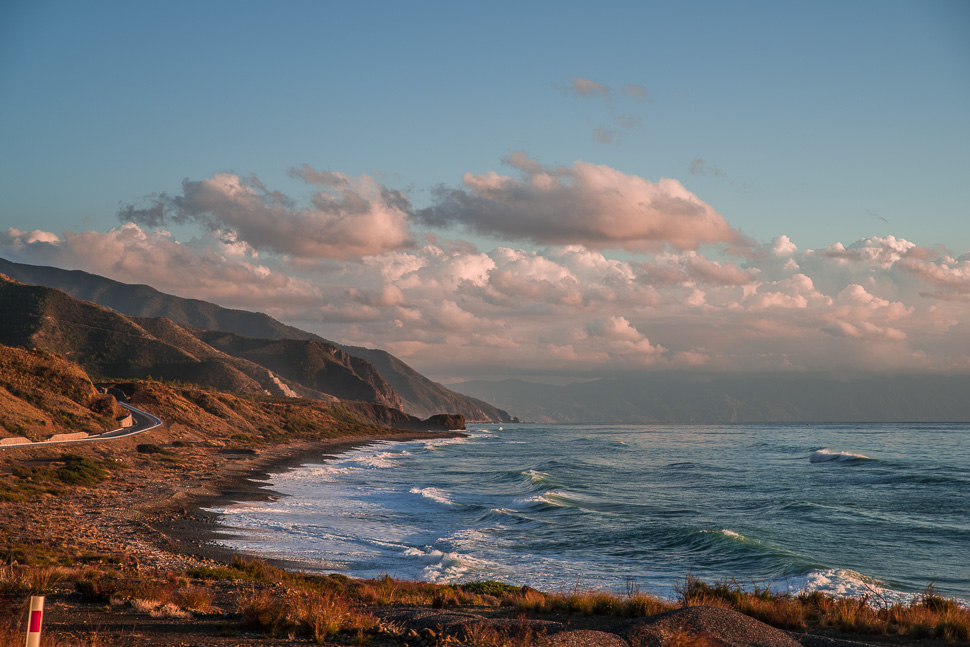
We finally reached the Mediterranean coast and got some sunshine too. We discovered a tunnel the Romans had built to detour a river and “Moses” tree, before we visited Antakya.
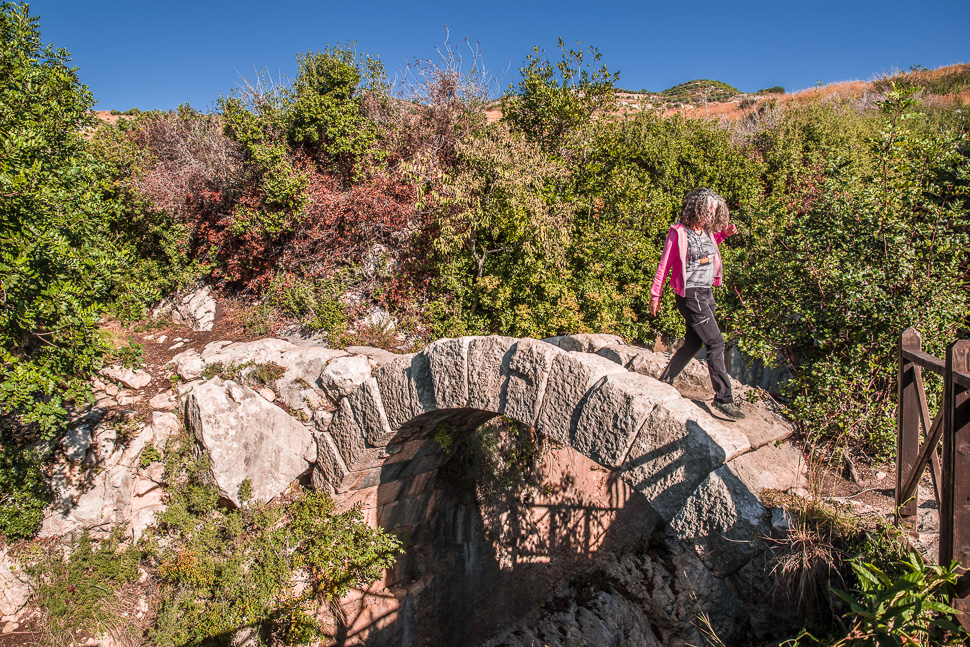
The Vespasianus Titus Tunnel was built in the 1st century AD for the city of Seleucia Pieria, the port of Antioch (modern Antakya).
The construction of the tunnel was ordered by the Roman emperor Vespasian to divert the floodwaters running down the mountain and threatening the harbour. It was built by digging the rocks using manpower only. The construction continued under his son Titus.
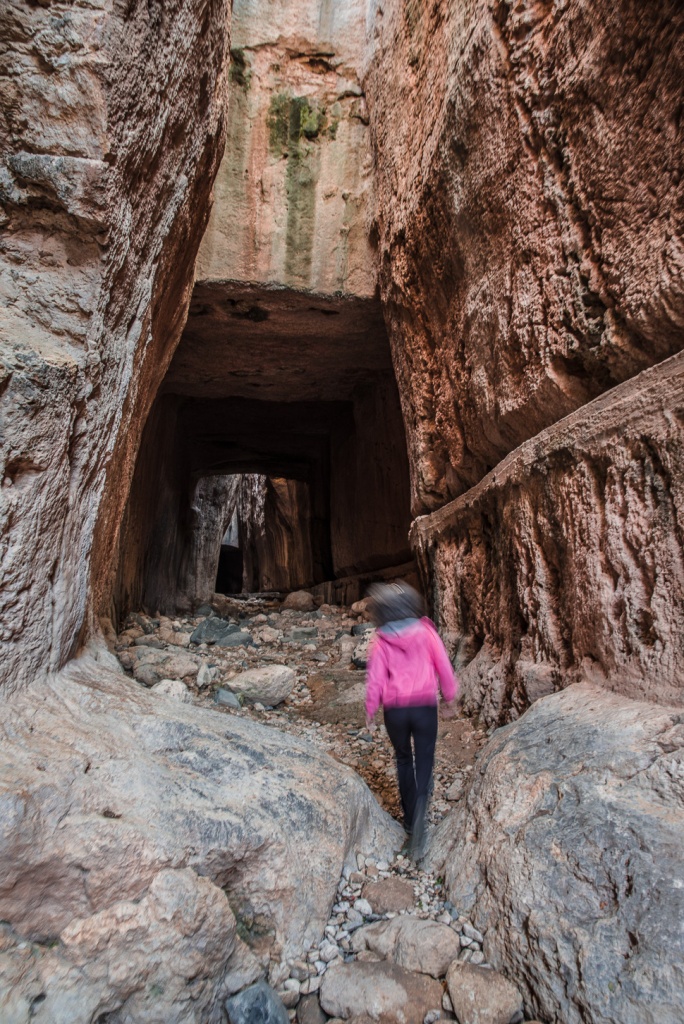
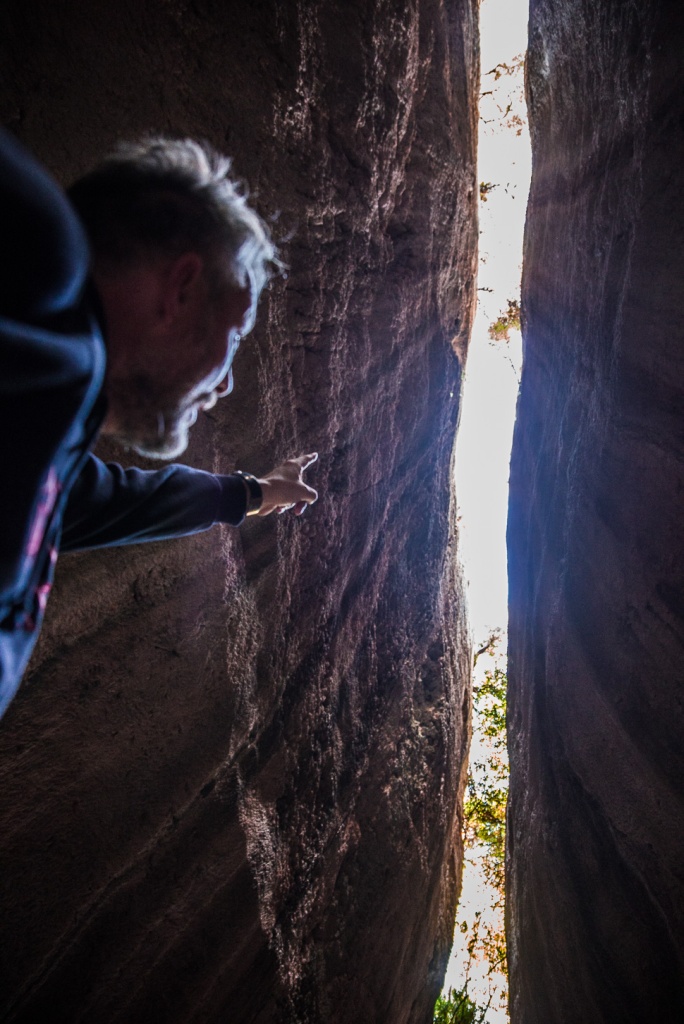
Close to the tunnel, rock cut tombs of Seleucia Pieria were discovered, which you get to see while visiting the tunnel.
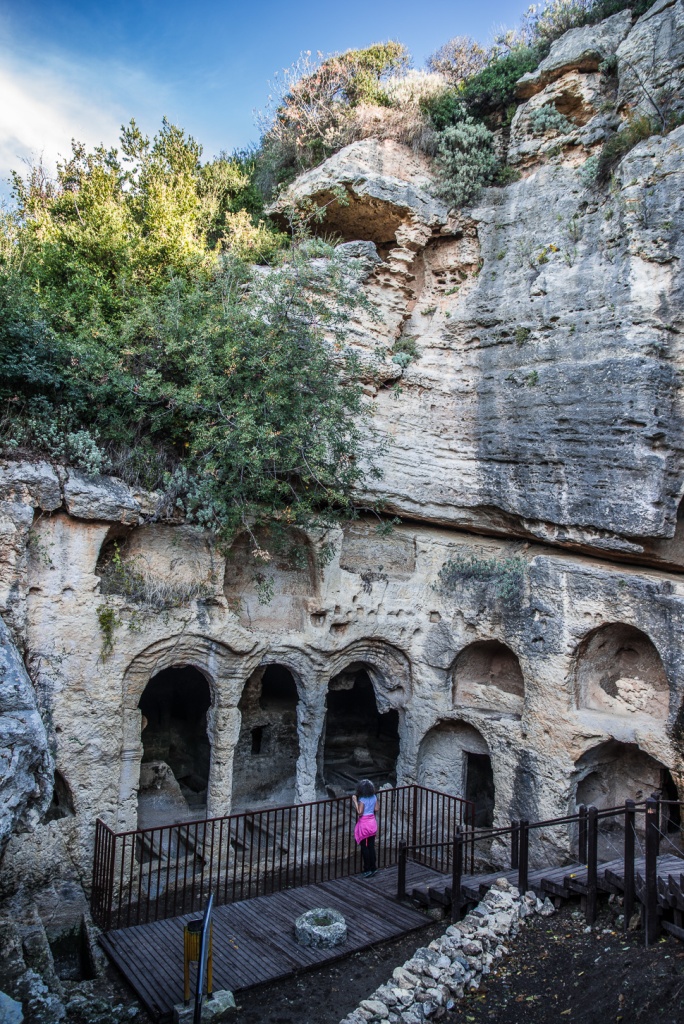
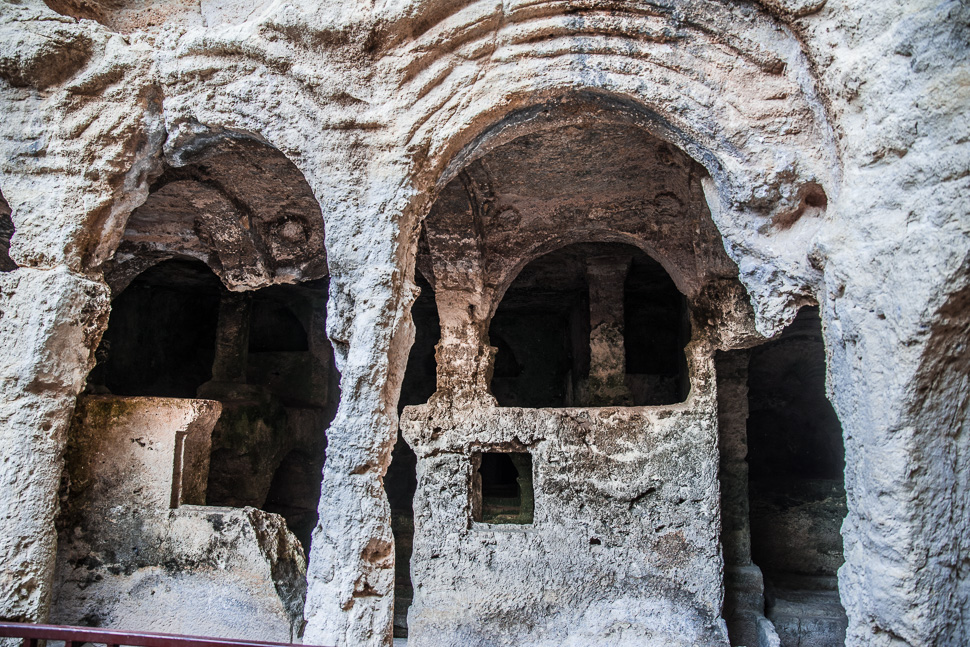

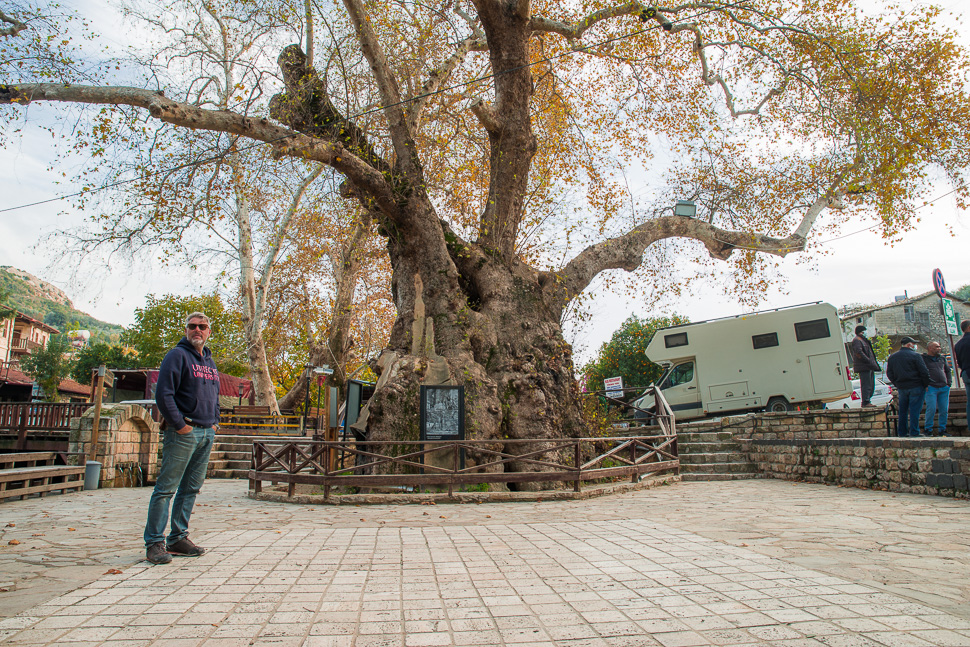
Behind the coast, a little bit remote in the mountains, lies the once Armenian village of Hidirbey, which is famous for the very old plane tree, which is said to have been planted by Moses, just that the tree is “only” 900 years old. We read, that the hollow inside was once used as a barber shop.
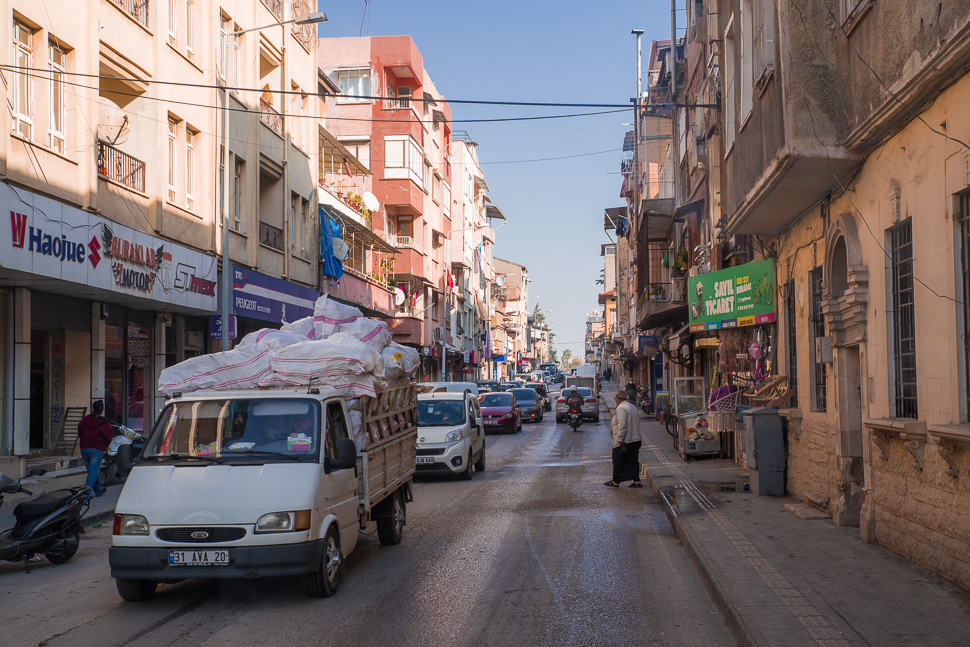
In Roman antiquity, Antioch was the third largest city in the world after Rome and Alexandria, but lost more and more importance after severe destruction in the 6th and 13th centuries. Today, there are not many remains of the glorious past. We visited the Church of St. Peter and the archeological museum.
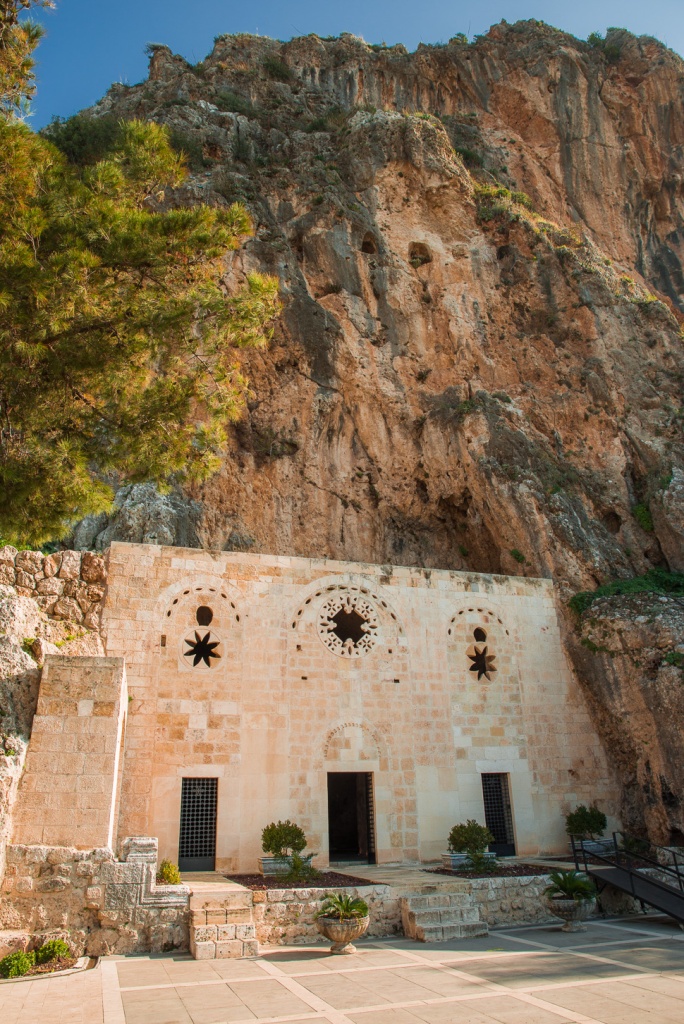
The Church of St. Peter, located a little outside on a mountain slope, is one of Christianity’s oldest churches. Legend has it that it was consecrated by the Apostle Peter. The oldest surviving parts of the church building date from at least the 4th century, include some pieces of floor mosaics, and traces of frescoes.
Crusaders of the First Crusade who captured Antakya in 1098 lengthened the church by a few meters and constructed the facade. Acting on orders from Pope Pius IX, Capuchin Friars restored the church and rebuilt the facade in 1863.
The garden of the church has been used as a cemetery for hundreds of years. The church is one of the three final resting places of the remains of the Holy Roman Emperor Frederick Barbarossa, who died in the Third Crusade.
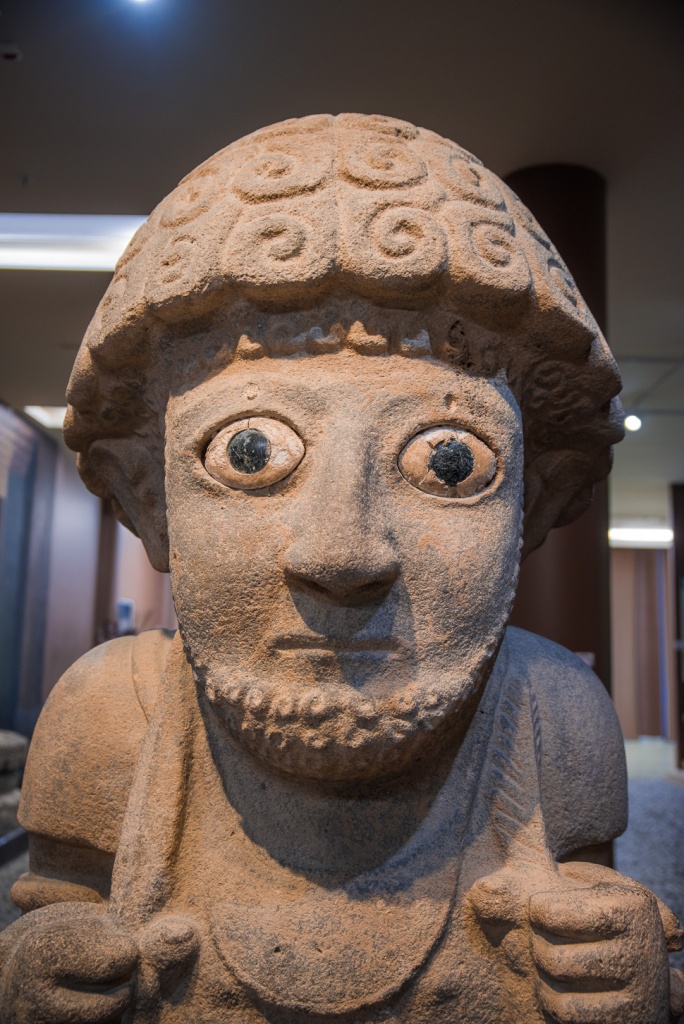
The huge Hatay Archaeology Museum has incredible artefacts, including a rich collection of mosaics dating back to the Hellenistic and to the Roman era in the 2nd and 3rd centuries.
Suppiluliuma I was king of the Hittites (1344–1322 BC ). He achieved fame as a great warrior and statesman, successfully challenging the then-dominant Egyptian Empire for control of the lands between the Mediterranean and the Euphrates.
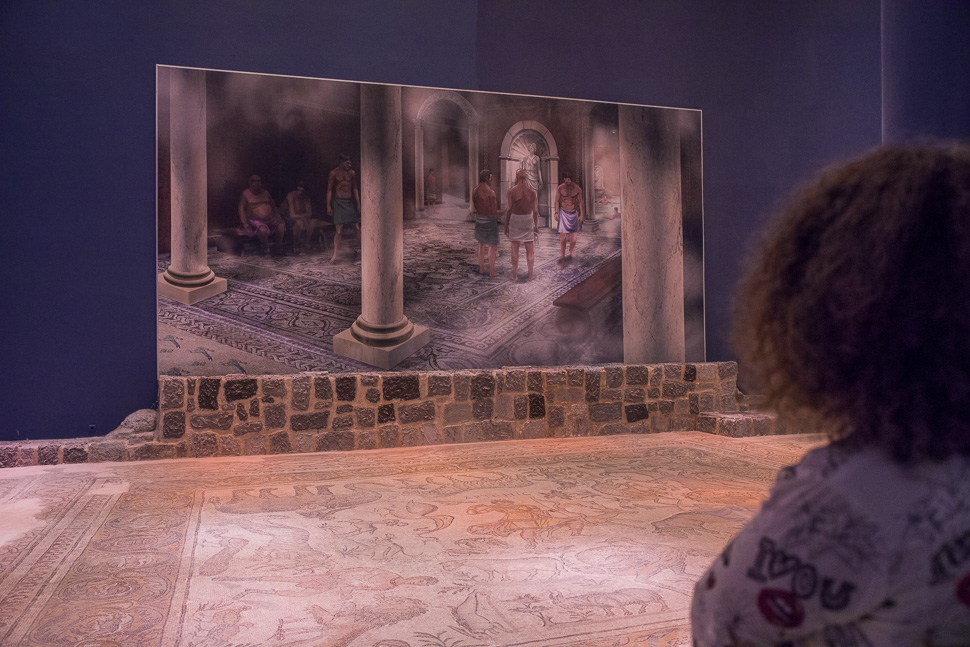
There was a big number of huge mosaics on display, discovered in the region, but we found that the Zeugma mosaics we had seen in Gaziantep couldn’t be surpassed.
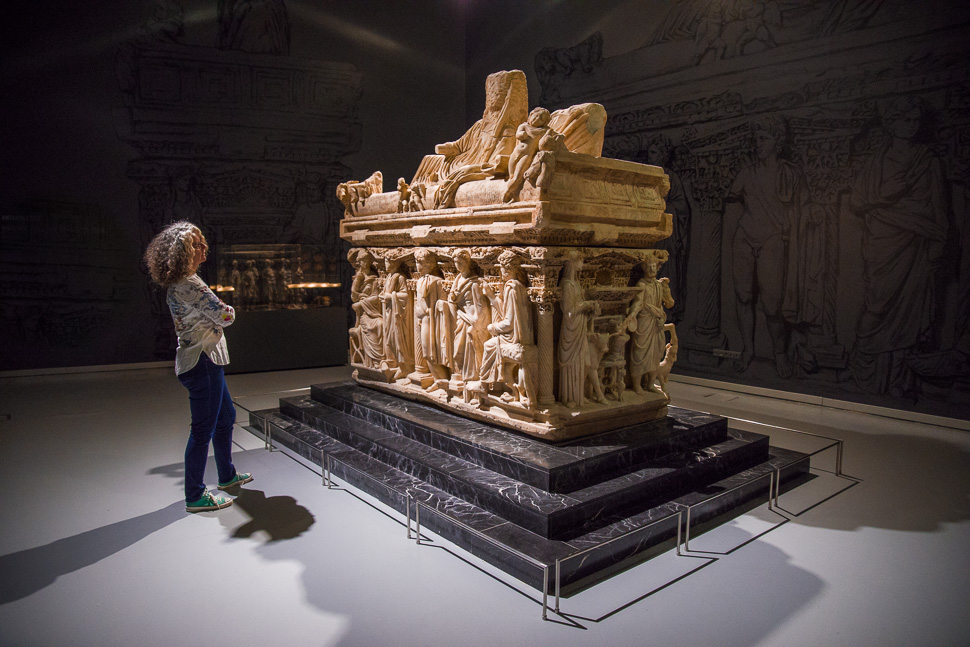
Besides the sites we visited in the Hatay province, we especially enjoyed the sun and the sea. We were at the most eastern point of the Mediterranean Sea and will travel along the Turkish coast to the west now.
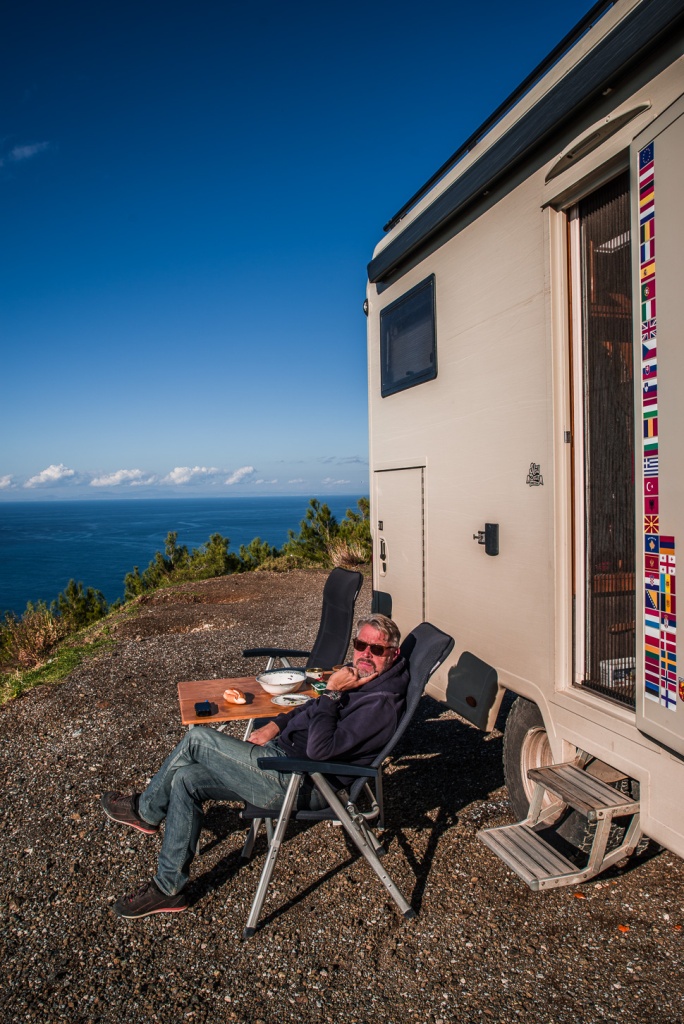

We will go to Mersin next, where we hope to find an inverter at the harbour. The replacement for the broken one, which we had found in Batumi/Georgia, isn’t powerful enough. More on our next post!

ad Friedrich I. Barbarossas Eingeweide wurden in Tarsos beigesetzt. Das Fleisch wurde entsprechend dem Verfahren des „Mos teutonicus“ durch Kochen von den Knochen abgelöst und in Antiochia beigesetzt. Seine Gebeine fanden ihre Ruhestätte möglicherweise in der Kathedrale von Tyrus, die heute nur noch als archäologisches Ausgrabungsfeld existiert. Barbarossa ist der einzige Herrscher des Mittelalters, dessen Grablege bis heute unbekannt ist! Der Aufbewahrung und Unversehrtheit der Knochen wurde bis ins Spätmittelalter große Bedeutung beigemessen. Quelle: Wiki
Ja, so ist es! Habe dazu soeben eine umfangreiche Abhandlung gelesen. Wir waren heute am Ort des vermeintlichen Unglücks, ein imposanter Fluß! Das sehr schöne Tal wird nur aktuell durch ein riesen Straßenprojekt verdorben ….
Die genauen Umstände des Todes, alsauch das genaue Datum ist nicht endgültig (wissenschaftlich) geklärt.
EDI
Happy Christmastime euch beiden, bleibt’s gesund. Liebe Grüsse Ewald
Hallo Ewald,
Auch alles Gute!
EDI&CORDY
Ich wünsche der” Runde” auch schöne Weihnachten
Und alles Gute!
Danke!!!
Merry Christmas to you 🎄🎁
Thank you very much! All the best to you and your family!
EDI&CORDY